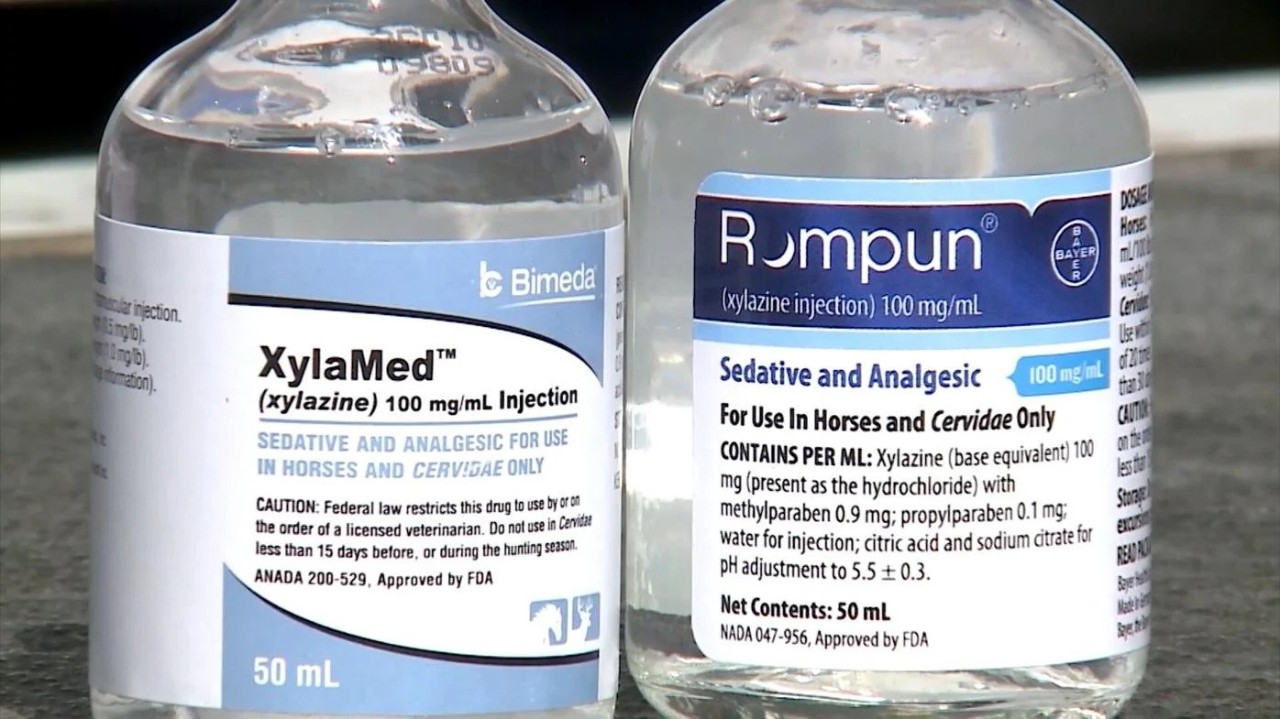
Cincinnati.com: Not just fentanyl. Animal tranquilizer xylazine is embedded in Ohio's drug supply
UC expert explains what xylazine does in the body
The Greater Cincinnati region finds itself on the forefront of another dangerous drug trend. Healthcare providers are reporting an increase in cases of the opioid drug fentanyl being tainted with xylazine, an animal sedative. Often called tranq dope, it’s the newest challenge in the opioid epidemic. The drug is cheap and easy to get, so sellers add it to their fentanyl supplies to multiply their profits. It is said to lengthen the euphoria effects for people who use drugs but causes chaotic health conditions.
In a story published by Cincinnati.com, several local experts were interviewed, including Richard Ryan, MD, of the Department of Emergency Medicine at the UC College of Medicine. He said the emergency department at the UC Medical Center is seeing an uptick of patients suffering from xylazine-related health crises.

Richard Ryan, MD, of the Department of Emergency Medicine in the UC College of Medicine/Photo/Colleen Kelley/UC Creative + Brand
“Don’t assume it’s safe,” he said. “Inhaling it, ingesting it, does not prevent you from getting the complications.”
The drug is often used to sedate cattle, sheep, horses or dogs, and is “very complicated,” Ryan said, as it attacks the body in multiple ways.
Xylazine decreases adrenaline, he said, causing sedation. That drop may lead to a dangerously slow heart rate, low blood pressure, respiratory depression and more. It can also narrow the microscopic arteries in the skin, decreasing blood supply to the skin and creating open sores, which can become gaping wounds.
The sores may appear anywhere on the body, according to medical articles. Unlike injection sores that intravenous drug users may suffer from, xylazine wounds are a systemic effect of the drug itself. And as the open wounds progress, the tissue affected can die, Cincinnati.com reported.
A xylazine overdose is harder to reverse because it does not react to naloxone, and bystanders who try to revive someone might not realize what’s going on. Ryan said people still should use naloxone if they see someone who appears to be overdosing. They have often ingested fentanyl, too.
If that doesn’t work, “call 911,” Ryan said. “Start CPR.”
Read the entire story here. Subscription may be required to access the article.
Lead photo/SBG Health/WebMD
Next Lives Here
The University of Cincinnati is classified as a Research 1 institution by the Carnegie Commission and is ranked in the National Science Foundation's Top-35 public research universities. UC's graduate students and faculty investigate problems and innovate solutions with real-world impact. Next Lives Here.
Related Stories
UC's art collection on display at the Contemporary Arts Center
January 5, 2026
University of Cincinnati leaders joined WVXU's Cincinnati Edition to talk about the university’s 200-year-old art collection, a new exhibition at the Contemporary Arts Center and the release of a companion book exploring the collection’s role in education and public engagement.
UC faculty and staff among Rising Star leadership honorees
January 5, 2026
Two UC faculty and staff members are among this year's Rising Star leadership program sponsored by YWCA Greater Cincinnati. Kelli Beecher, assistant professor in the UC College of Nursing, and Brittany Bibb, assistant director of programs and operations in the UC Division of Student Affairs, are among the emerging leaders of 2026. They were featured in the publication Movers & Makers.
What's behind the mysterious rise of migraines?
January 5, 2026
Weather patterns such as extreme heat and storm conditions have been linked to migraine attacks, and research shows those environmental conditions are becoming more common. As National Geographic recently reported, one of the leading theories behind this mysterious rise is that climate change may be playing a role.
